The Blohm & Voss BV 155 is an experimental late-war German interceptor mainly designed to counter the threat of the USAAF B-29 raids in Germany.
Let’s take a closer look at the Luftwaffe’s Forgotten B-29 killer:
Origins
With a navalized Stuka on the cards, the logical need for a carrier-based fighter led to talks about a number of German aviation companies for a suitable plane for the job. At that time, Messerschmitt was only too keen to propose the Me 155.
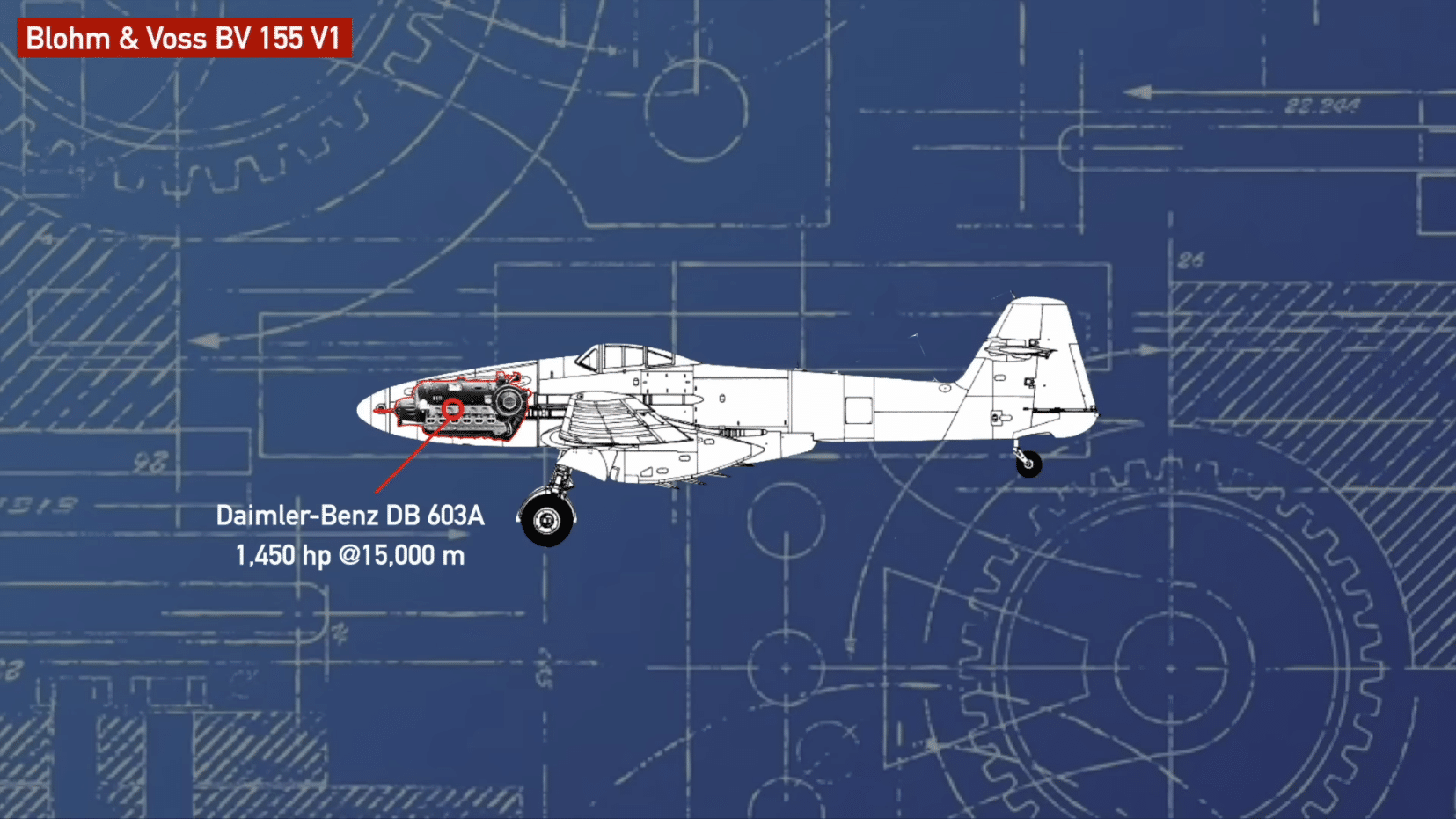
The Me 155 was to be a significantly modified 109 G.The design was quite promising, and to be powered by a 1,500 horsepower DB 605 and two MG 131s. However, the usefulness of the Me 155 project became zero overnight in late 1942 after an order from Hitler that all large Kriegsmarine vessels should be scrapped.
High Altitude Fighter
In May 1942, Messerschmitt was commissioned to build a high-altitude version of the Bf 109, and then a year later, to build a high-altitude fighter that could operate at 16km.
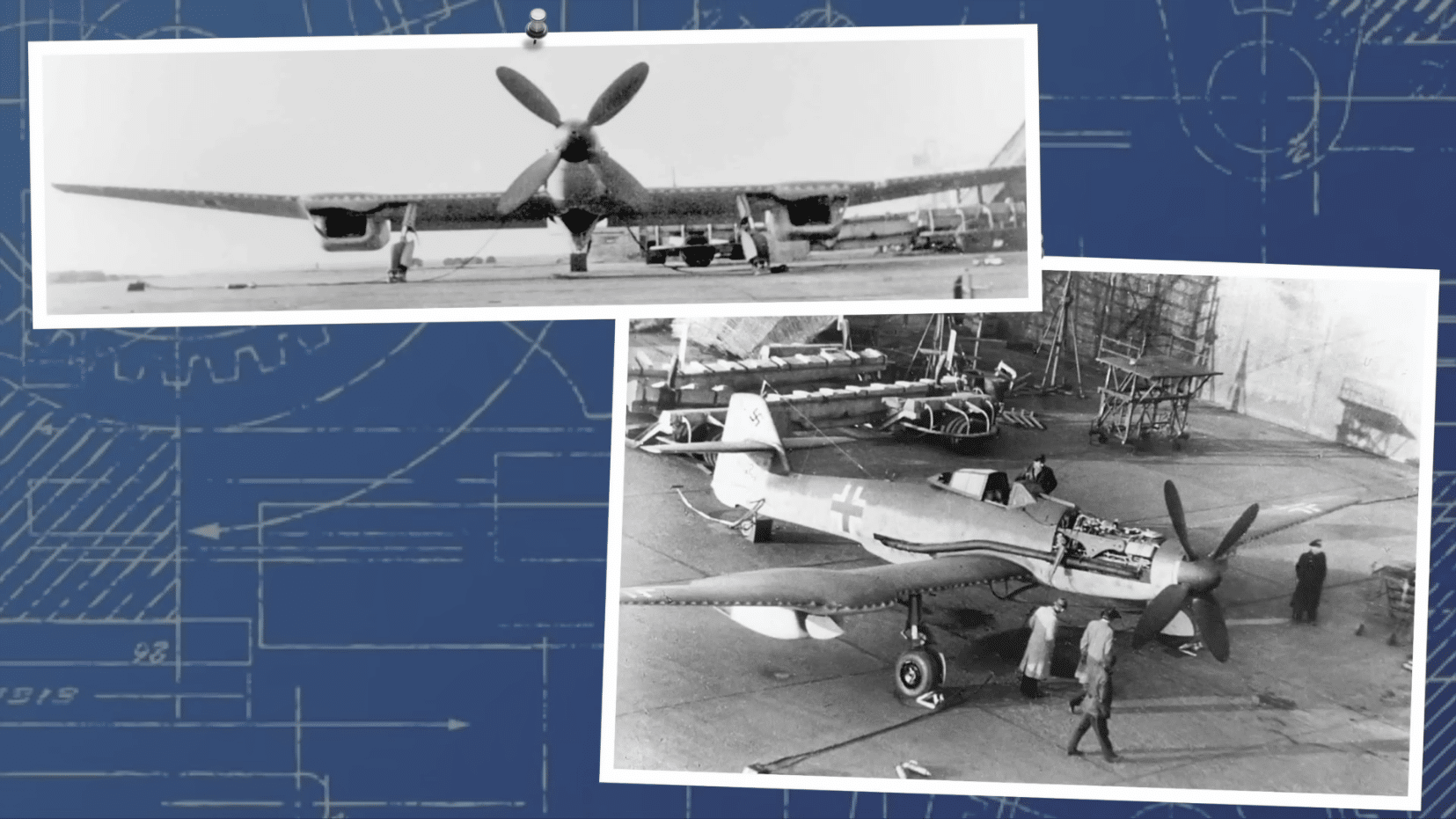
Unfortunately, the company didn’t have enough manpower to fulfill its burdensome responsibilities. Blohm & Voss, meanwhile, specialized in seaplanes but diversified into aviation. To help Messerschmitt, the head of the German Air Ministry at that time canceled Blohm & Voss’s seaplanes, and Messerschmitt gave Blohm & Voss the high-altitude fighter.
Messerschmitt vs Blohm & Voss
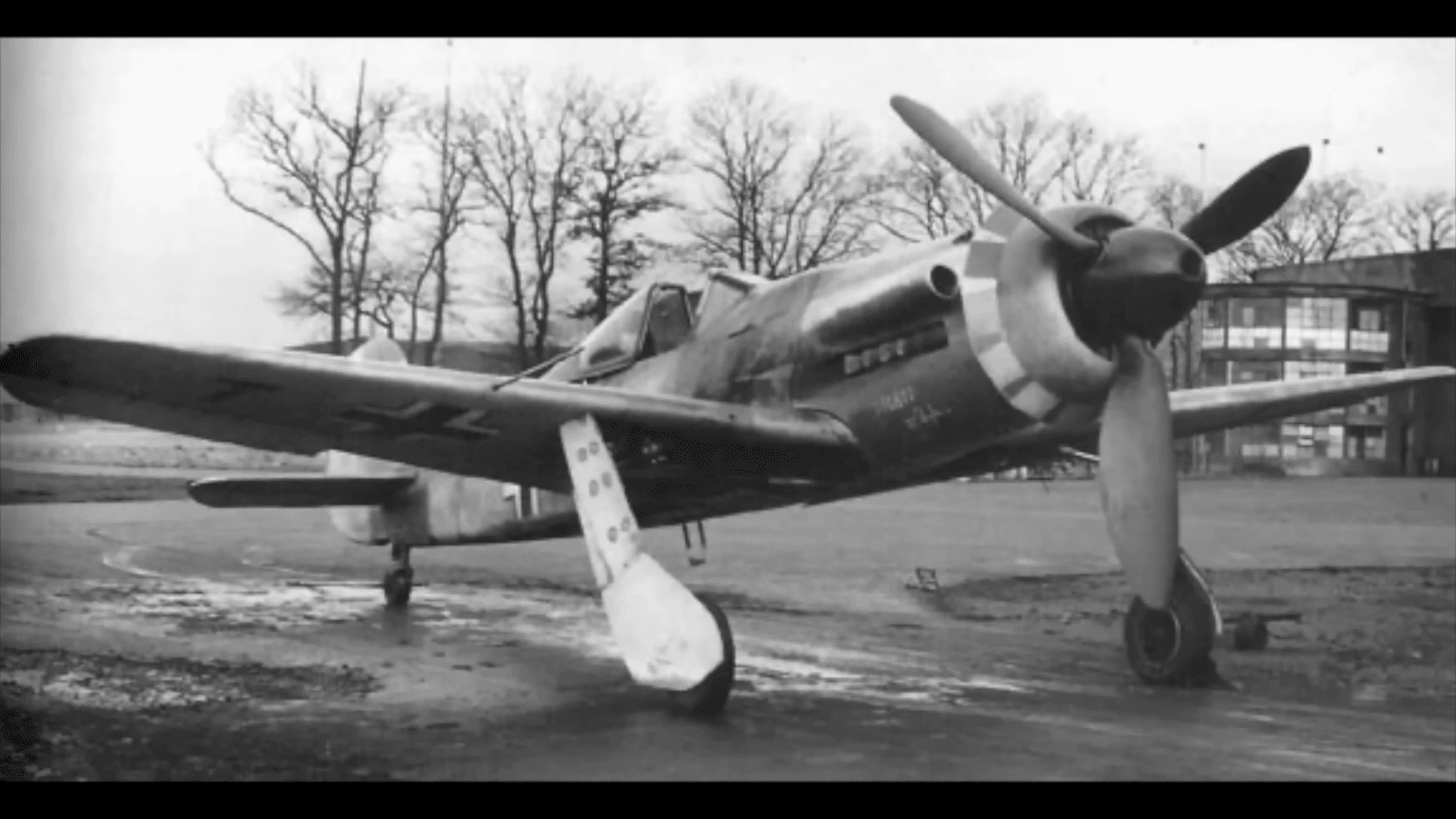
While the relationship between the two companies started well, there was a huge falling out. Blohm & Voss wanted significant changes to the design, and Messerschmitt was unhappy with the proposed alterations.
The partnership was broken in February 1944. The plane then received Blohm & Voss’s initials the BV 155B.
Later Development
Until the end of 1943, Blohm & Voss committed themselves to redesigning the aircraft which was eventually renamed to BV 155 V1, which is a pretty much significant departure from the Me 155. It featured a landing gear based on a Ju 87, an all-new fuselage, a redesigned laminar flow wing, and a hefty internal fuel capacity of 1800 liters as well as distinctive underwing radiators.
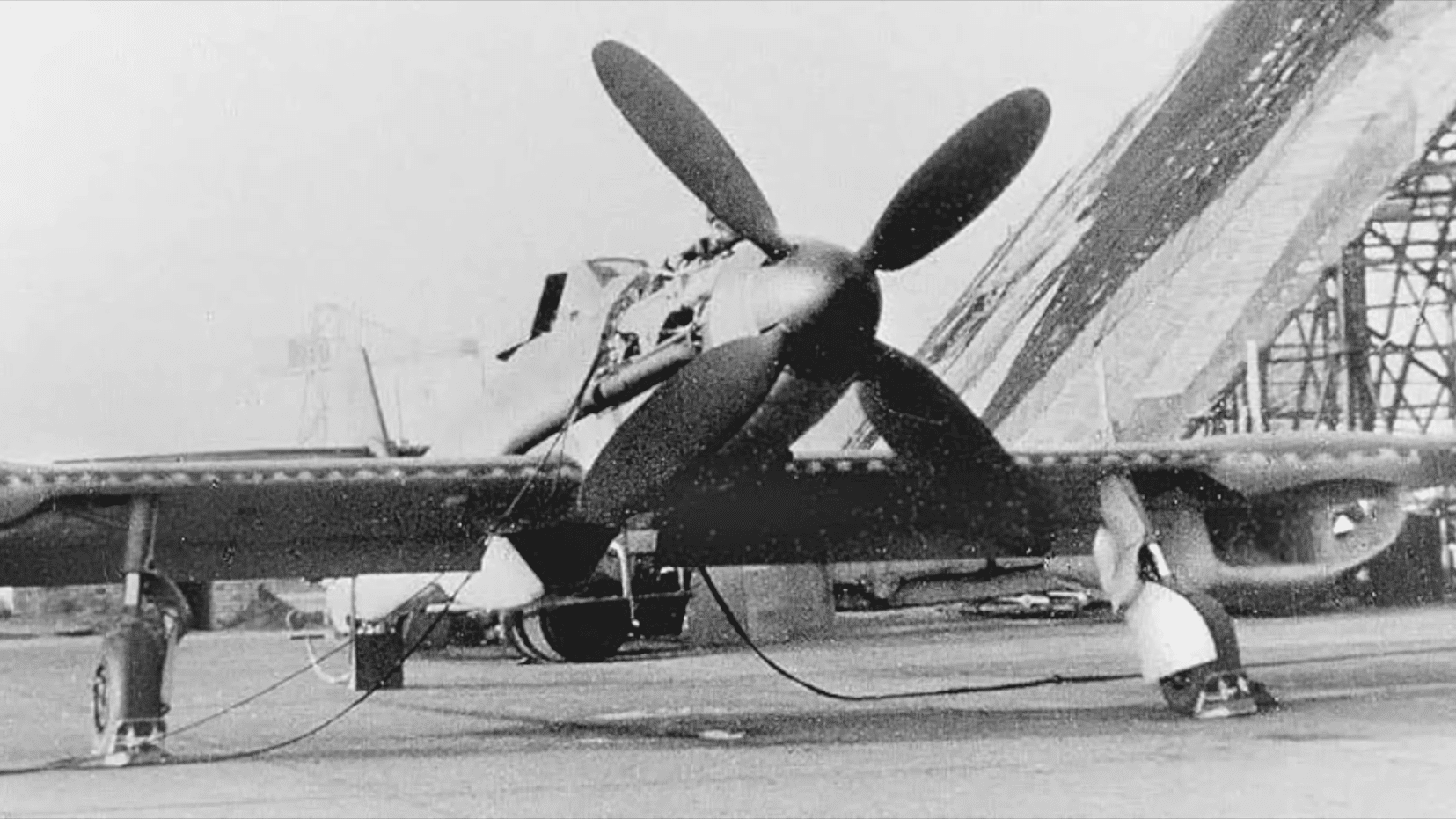
At this point, the war was nearly over, and the Luftwaffe needed a high-altitude interceptor in huge numbers piloted with skilled crew members many, many months before. Still, the newly finished 155 V1 was a fascinating piece of technology.
Conclusion
By the end of the war, the BV 155 was an answer to a problem that was almost 4 years out of date by the time it was nearing readiness for production. It faced delay after delay.
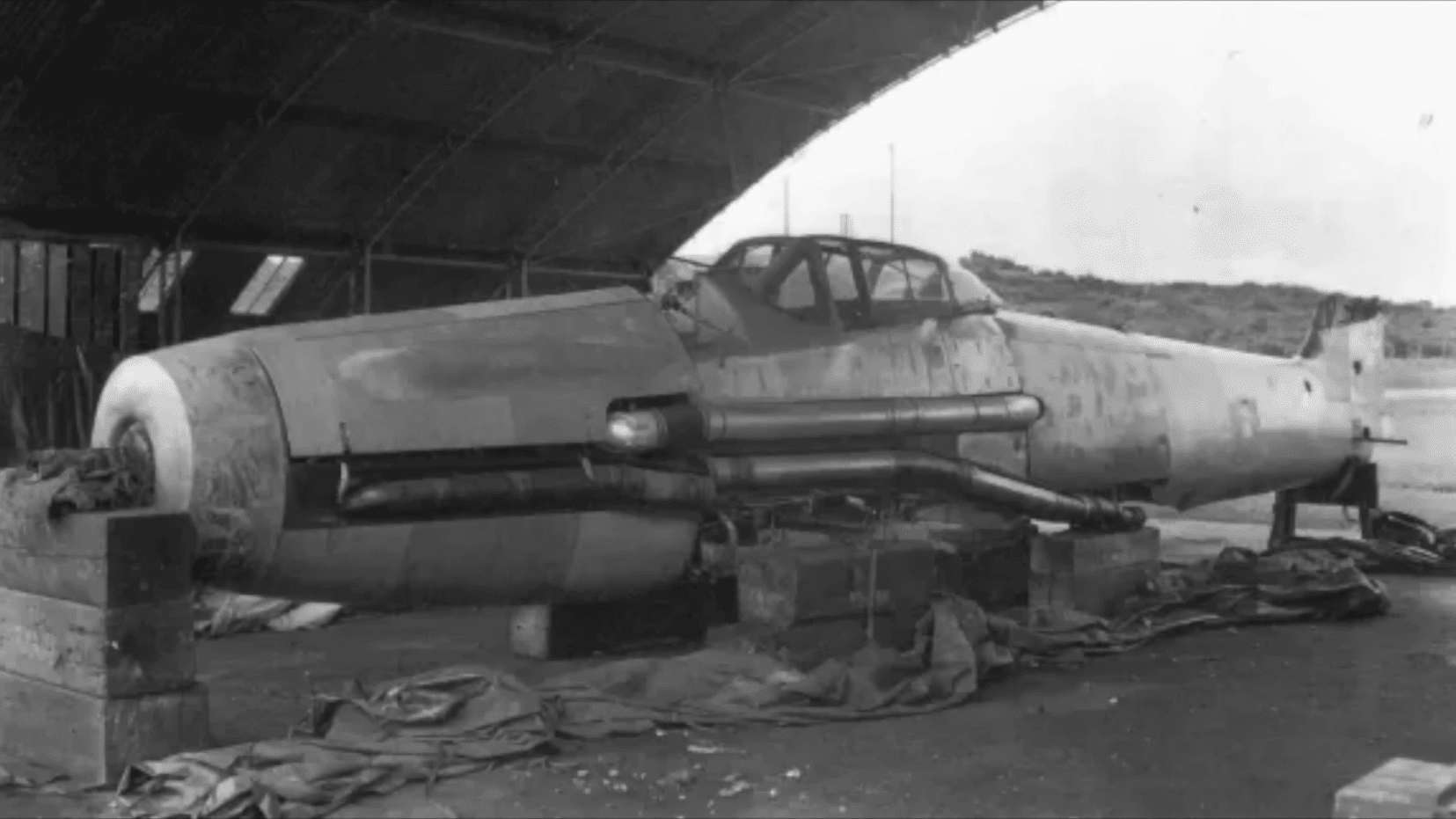
Ultimately, the BV 155 gives us a fascinating look into late-war technology featuring a bizarre, experimental design that would end up suffering the same fate as most German planes in 1945 and 1945- too little, too late.



